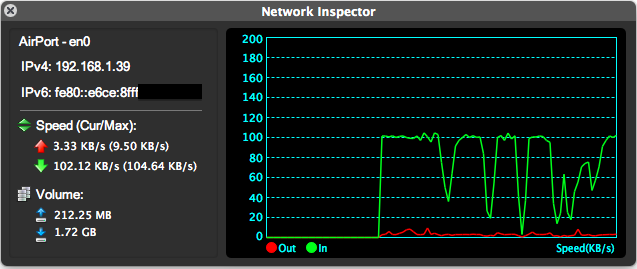

notify a supervisor to ensure oversight this should happen immediately in high-risk cases, and as soon as is practicable in all other cases.Where relevant the risk assessment should include the rationale for any actions taken. make an assessment of the circumstances of the disappearance in order to judge the risks to which that person and the community are likely to be exposedĪll information and evidence gathered, and decisions and actions should be recorded.establish the facts and keep accurate records of what was said and by whom.Note: some of these may not apply if the missing person has been classified as ‘no apparent risk (absent)’. The first officer deployed to attend a report of a missing person should carry out the following actions: While the police will take reasonable steps to be sensitive to cultural, religious or other needs, these do not have priority over the requirement for the police to make the missing person as safe as possible. Immediate actions in cases of suspected parental abduction checklistĬonsideration should be given to the needs of the missing person and their families, including being sensitive to religious or lifestyle issues.

Initial response to honour-based violence.Initial response to suspected parental abduction.How the investigation is conducted in the first few hours (see golden hour ) after the report is made to the police may affect the outcome. If this is believed to be the case, a supervisory officer should be contacted immediately.Īlthough most missing person enquiries do not lead to a major crime investigation, where they do, early identification that this may be a major crime investigation is crucial to the investigation. The primary consideration for the IIO, and every other person managing the investigation, is the safety of the missing person.Ī missing person report may be the first report of a serious crime or of a person being at significant risk of harm. Judgements made at this point may have an impact on the effectiveness of the investigation. The initial investigating officer (IIO) should begin the investigation, conduct appropriate searches and reassess the level of risk. Searching and multi-agency meetings are also an integral part of the investigative process.
Network inspector report blank rapid fire tools professional#
In cases of individuals who repeatedly go missing, professional expertise indicates that information about where they went and/or who they were with on previous occasions may be a useful indicator of future conduct. Information that is collected from each missing episode must be recorded to provide intelligence for current or future investigations, as well as wider problem solving and safeguarding work. Officers should avoid making assumptions. Hypotheses can be improved by drawing on the knowledge of colleagues who have experience in the relevant area. For example, an elderly person wearing thin clothing who goes missing in winter is at high risk of harm, and this is the case even if the hypothesis is that the missing person has gone to see a family member. Officers in charge of investigations into missing people should be careful not to confuse risk assessment with a hypothesis about the circumstances of the person going missing. Note: the link is accessed via log in to the Knowledge Hub. A time will be set to review the decisions which have been taken.Įvery possible reason/scenario for their absence should be considered, keeping an open mind.įor further information see Definition of ‘missing' and Missing Person Publicity Guidance.An agreement will be made on the initial steps which should be taken to trace the missing person.The following minimum actions should be taken as an initial response to all missing person reports. The investigative processĪll reports of missing people sit within a continuum of risk from ‘no apparent risk (absent)’ through to high risk cases that require immediate, intensive action.

Where an adult or child is categorised as ‘missing’, an investigation must be initiated that is appropriate to the level of risk.


 0 kommentar(er)
0 kommentar(er)
